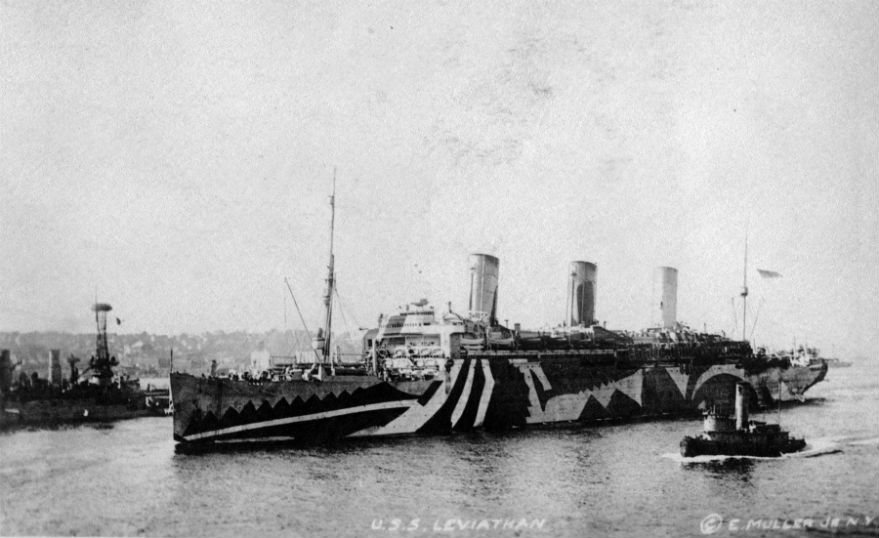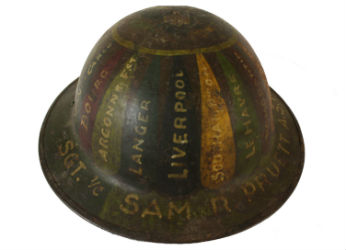
KANSAS CITY, Mo. – An exhibition concerning the ambiguous peace achieved in 1919, a screening of the award-winning film Frantz and an in-depth examination of poetry related to the Great War are among the April offerings at the National WWI Museum and Memorial.
The World War I Armistice on Nov. 11, 1918 ended fighting on the Western Front, but the war did not end even with the signing of the Treaty of Paris at Versailles on June 28, 1919. The world of aristocrats and monarchs vaporized. Millions died. Russia struggled in civil war. Japan’s power in Asia and the Pacific grew. Germany wilted under harsh reparations. Arab nations seethed for independence. The U.S. assumed an uneasy mantle of world leader.
“Peace: 1919?,” the latest special exhibition opening Tuesday, April 2 in Exhibit Hall, examines how the war transformed the world, but left a legacy of unresolved issues and conflict through a series of more than 100 objects never previously on exhibit.
Devastated by the loss of her fiancé, German protagonist Anna visits the grave of her beloved Frantz, meeting a mysterious Frenchman also paying his respects. Slowly, the two develop a kinship, as her suitor harbors a haunting secret and their relationship meets a shocking conclusion in 2016’s Frantz (PG-13). Screening for free at 6:30 p.m. on Thursday, April 11, this award-winning film, in French and German with English subtitles, poignantly explores timeless themes of love, loss and reconciliation in the wake of World War I.

The now-iconic words of Lt. Col. John McCrae’s In Flanders Fields help us remember the sacrifices of those who served in World War I, while Wilfred Owen’s Dulce et Decorum Est warns against making war seem less ugly than it is. How did American poets present the war? At 6:30 p.m. on Thursday, April 18, Dr. Tim Dayton, Kansas State University English professor and author of American Poetry and the First World War, provides a free presentation on poetry during World War I and how we understand it today.
World War I initiated great changes in East Asia. After key victories over China and Russia in the preceding decades before WWI, rising military power Japan partnered with the Allies, capturing German territories in the Pacific. Meanwhile, the United States maintained forces in both China and the Philippines and joined Japan and other Allied states in military operations during the Russian Revolution. At 6:30 p.m. on Wednesday, April 24, Dr. Geoff Babb, military historian at the U.S. Army Command and General Staff College, shares a free discussion on the pivotal events that occurred in East Asia during World War I and their enduring impact in the latest offering in the John J. Pershing Lecture Series.
The National WWI Museum and Memorial holds the most comprehensive collection of World War I objects and documents in the world and is the second-oldest public museum dedicated to preserving the objects, history and personal experiences of the war.



